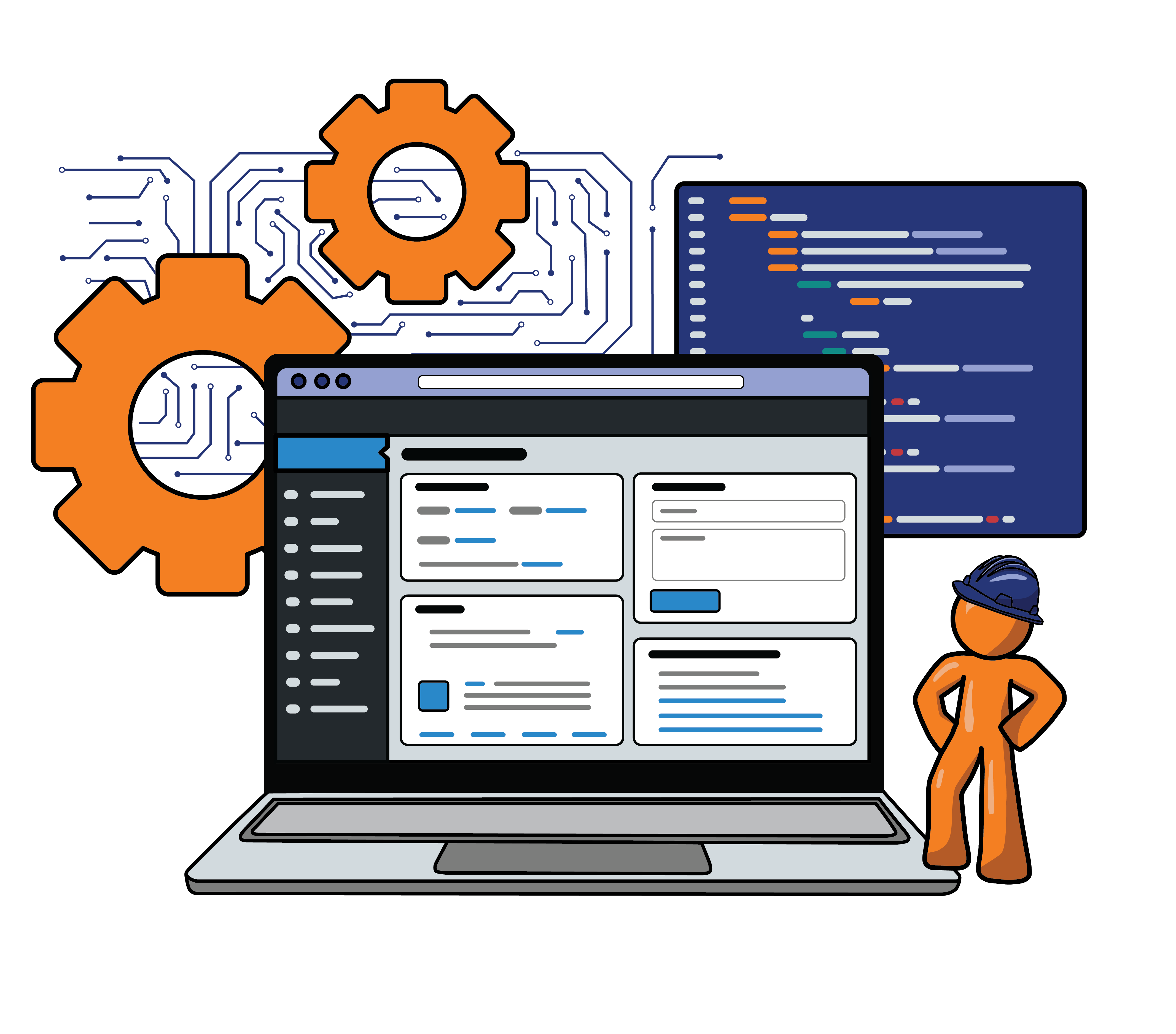Technical SEO is the process of ensuring search engines can access and easily crawl your website. From very basic things like a proper server response to the many aspects of how content is delivered to the web browser, they are reviewed and adjusted as part of technical SEO optimization. When done properly, search engine bots can crawl the site, and the search engine can index it so that it appears in the SERPS.
Website Speed
Website speed can be tricky in that site owners may not fully understand the elements involved. From their perspective, when they go to their site, it seems to load fast, and they’re lulled into believing that they have good site speed. But this is not necessarily the case.
Browser Cache & Load Speed
Browser caching is fairly standard practice. This means that the content one sees after visiting the site for the first time is rendered from the browser’s memory or cache, a very fast experience. This was developed to improve the user experience and to decrease the load on servers and bandwidth. For a site with frequent repeat visitors and few content changes, this is great. But, new visitors to a page may have a very different experience, and perhaps not a good one.
Because site owners frequent their own sites often, their experience comes from the cache more often than from the server. When Google assesses a website’s speed, it does so from the perspective of a first-time visitor with no browser cache. Google’s assessment and a site owner’s speed experience can be very different.
Content and Speed
When site owners think of content, they typically think of what they see. But, when Google assesses site speed, there is a great deal more involved. Using PageSpeed Insights, SEOs can see the various elements of a page that are causing issues with load times. Here are three common speed bumps for websites.
- One of the most common issues with non-optimized sites usually involves images that are way too large and not web-optimized.
- Unused CSS and JS code is also an inhibitor to page loading
- Render-block scripts cause issues with visible content not being loaded because it has to wait for js or other scripts to load first.
Improving site load speed is one of the more difficult things to do. Balancing image size with creativity/quality and knowing what parts of the scripts are vital to the initial load versus what can wait or be eliminated, it is time-consuming to optimize for speed.
Page Architecture
Behind the content people see is code. Website architecture, including the code structure, helps search engines parse and understand the content. One of the tricky things is that you can use different approaches to render content the way you want users to see it, but those methods may not be good for search engines to understand it. The content needs to be rendered well for users and structured well for search engines. Both are absolutely compatible, but often one is forgotten.
General User Exprience
Beyond load speed, Google also looks at what happens when content is rendered. Is it within the screen, does it shift once loaded, is the contrast between elements visible, how is the element spacing, and so on? These elements play into how users will see and navigate the site.
Trickier still, how the site is rendered is different for desktop vs mobile. Generally speaking, if the site is mobile-friendly, it will be good for the desktop. But, the reverse is seldom true. Whether using a mobile-first approach or depending heavily on responsive design (which should be ever-present anyway), the site code has to adjust the rendering appropriately for the users’ devices.
These more common elements of technical SEO need to be addressed for every website to some degree. How deep you have to go and how much effort is needed really depends on your starting point.
While there are tools out there that can identify problems, their proposed solutions are not always easily achieved by the average site owner. The process needs to set priorities and provide the right resources, which are often not available. If you are wondering how to improve site speed for your website, give us a call.

